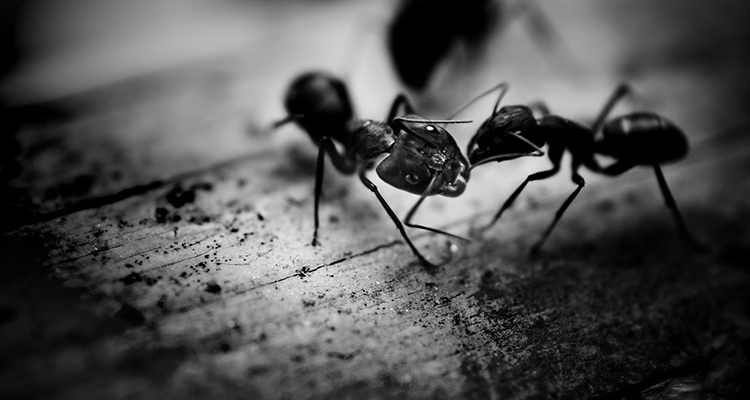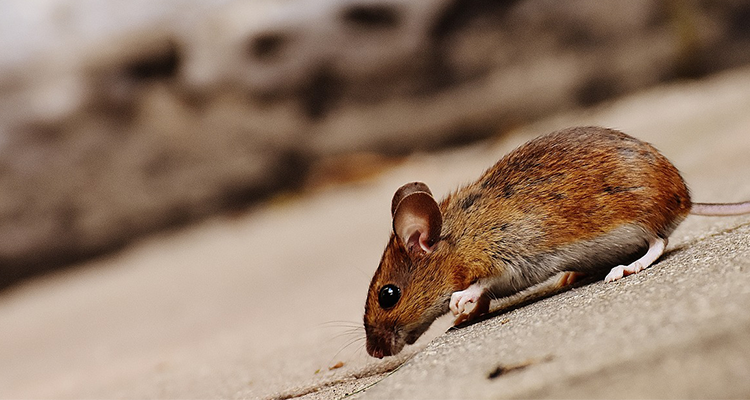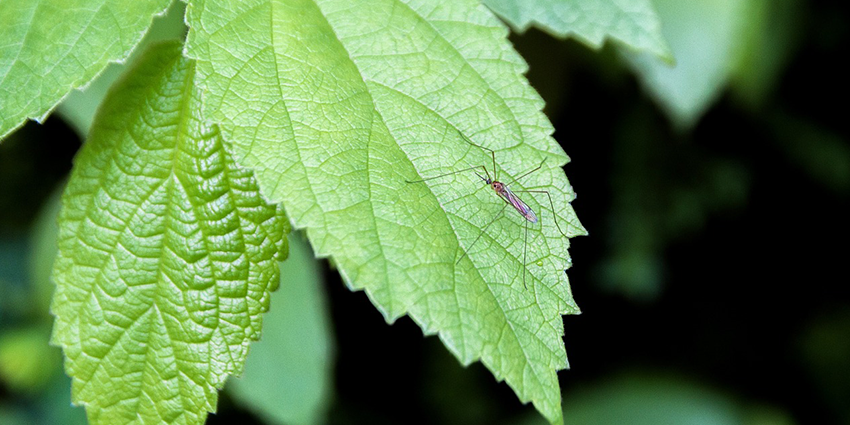You’ve noticed an outbreak of tiny red bumps on your arms and legs. They aren’t painful at first, but then they begin itching, and more and more appear every night. Then it happens, you spot several tiny, flat, wingless, insects crawling around in your bed. The nightmare is real, but thankfully, so is the solution.
1. Identify
Bed bugs most commonly invade the home via used furniture, but they can enter through fabric of any kind, including suitcases or clothing. Begin your disinfestation process by identifying where the bed bugs are hiding. Signs of a bed bug infestation include
- Blood stains: Bed bugs’ primary food source is blood, not dirt or dust. So, it is very likely that you’ll find small traces of blood in the area where the bed bugs are living.
- Bed bug excrements: Bed bugs are, after all, living in your home, so it makes sense that you would find signs of their living, including fecal matter, egg shells, or shed skins.
- Offensive smell: Bed bugs’ scent glands excrete a musty odor, which will be noticeable in the infested area.
If you suspect that you have an infested area, it is important to thoroughly examine the potential home of the bed bugs:
- For beds: Remove bedding and check for the above-mentioned signs of infestation. Remove the dust cover of your box springs, and check for bugs in the wood framing and metal springs.
- For couches: If possible, remove cushion covers and inspect the area. If possible, remove the bottom liner of the couch and inspect the structure for bed bugs.
- For all areas: Check the surrounding areas for signs of bed bugs. This includes carpet, drapes, books, shelving, clothing, and even electrical outlets.
2. Contain
Once you have identified where the bed bugs are living, it is crucial to contain that area of your home. Do not move furniture to other rooms (unless you can take it outside), and do not begin sleeping in a different area of your home as the bed bugs may follow you. Use your vacuum with a removable bag or filter to thoroughly clean the affected room. In a bedroom, vacuum your mattress, floorboards, curtains, and carpet. After vacuuming, make sure to remove the bag or filter and dispose of the contents in an outdoor trash can. Wash your bedding on your washing machine’s hot cycle, and dry it on high to kill any living bed bugs. Depending on the level of infestation, you may need to consider disposing of some of the affected material.
3. Clean
While bed bugs do not feed on dirt or dust, extra clutter around your home is the perfect place for bed bugs to hide. Do a thorough walkthrough of your home and declutter any areas that are in need of attention. Schedule a weekly regimen to dust, sweep, and clean your home. Maintaining your home will not only make detection easier, but if you do have another outbreak, you’ll be able to contain and remove more efficiently.
4. Call
If you are concerned that the infestation may be more than you can handle, it’s best to call in a professional. Professional pest control agencies have the resources and knowledge to detect bed bug infestations—even those that are deeply hidden in your bedding or furniture. Pest control companies can use scent-trained dogs to identify infected areas and heat technology to eliminate any remaining bugs. In less than 12 hours, you’ll have your home thoroughly examined and the bugs exterminated.
5. Discard
It is unlikely that you will have to discard any furniture or bedding; however, sometimes, removing affected household items is the easiest way to eliminate the bed bug infestation. Make sure to consult a professional to see if this step is necessary.
If you are suffering from bed bugs in the Des Moines area, contact Springer for a professional inspection. Springer’s highly trained team, including three canine bed bug detectives, will be able to find and remove the unwanted pests in less than a day’s time.
Springer also offers a Bed Bug Preventive Warranty. For a fixed monthly rate, Springer’s trained professionals will inspect your home for bed bugs regularly, eliminating the need for future heat treatment and ensuring the problem is under control. Contact us anytime, and be sure to download our free ebook below so you know exactly what to look for when traveling.








